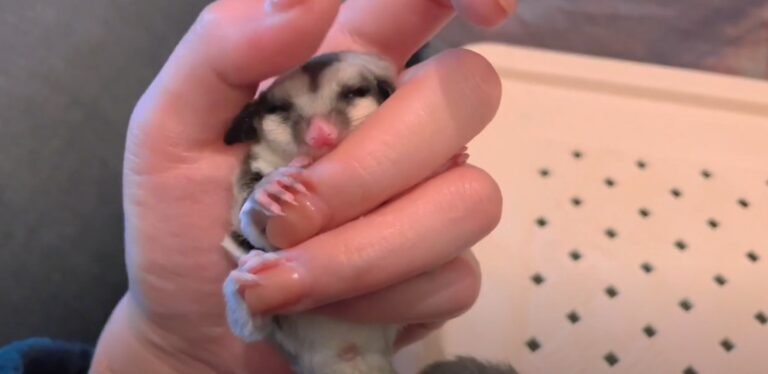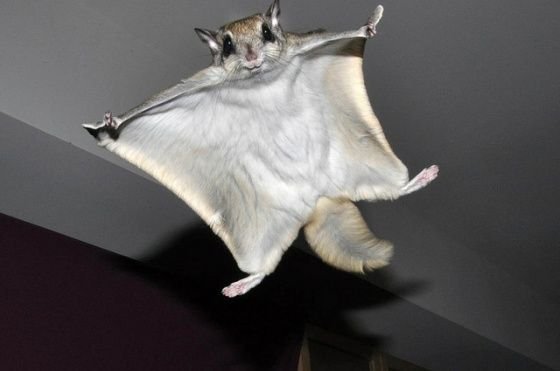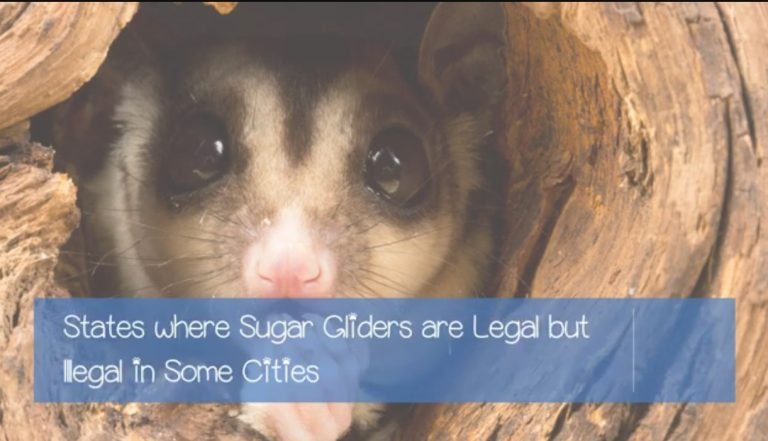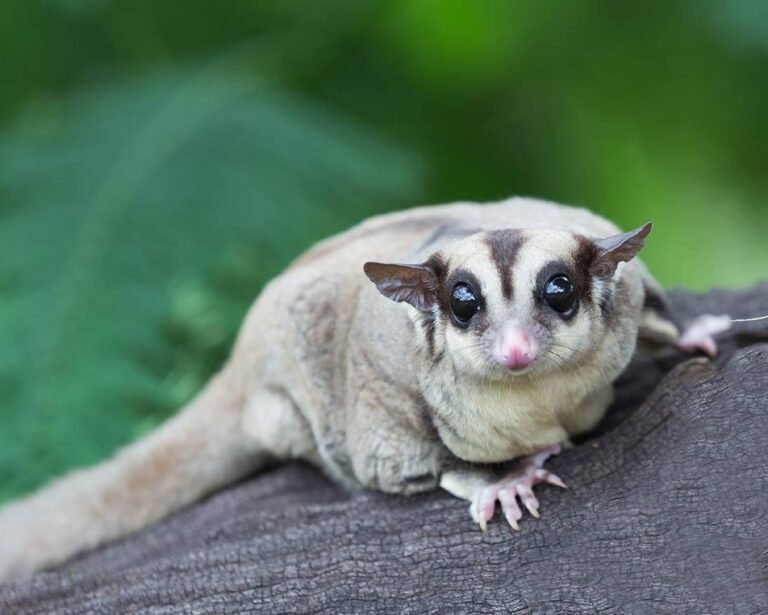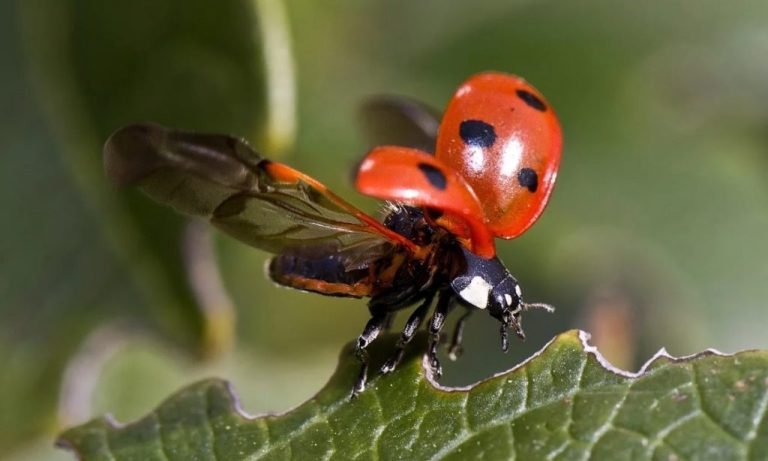Sounds A Sugar Glider Makes
Ever wondered what sounds a sugar glider makes? These adorable creatures have quite the vocal repertoire! From chirps and barks to hisses and clicks, sugar gliders use a variety of sounds to communicate with each other. But what do these noises really mean? By understanding the meaning behind their unique vocalizations, you can become a better caregiver for your furry friend.
Different situations elicit different sounds from sugar gliders. Whether they’re expressing happiness, fear, or even warning others of potential danger, these tiny marsupials have an intricate language all their own. Deciphering their messages allows you to respond appropriately and provide the care they need.
So, let’s dive into the world of sugar glider sounds and uncover the secrets behind their communication. Get ready to decode their chitters and screeches as we explore this fascinating aspect of these delightful little creatures’ lives.
Interpreting Barking, Hissing, and Sneezing in Sugar Gliders
Barking is a warning sound that sugar gliders use when they feel threatened. It’s their way of saying, “Hey, back off!” This behavior is common among many animals, including sugar gliders. When you hear your little buddy barking, it’s important to pay attention and assess the situation.
Hissing is another sound made by sugar gliders, but unlike barking, it’s more about intimidation. When a sugar glider hisses, it’s like they’re saying, “I’m not afraid of you!” This defensive behavior is their way of warding off predators or perceived threats. So if you ever come across a hissing sugar glider, it’s best to give them some space.
Now let’s talk about sneezing in sugar gliders. While occasional sneezes are normal for these adorable creatures, frequent or persistent sneezing can be a cause for concern. It could indicate respiratory issues or irritants in their environment. If you notice your sugar glider sneezing excessively or showing other signs of discomfort like wheezing or coughing, it might be time to consult a veterinarian.
Understanding the sounds your sugar glider makes can help you better care for them and ensure their well-being. Remember that barking is a warning sign of feeling threatened, hissing is a defense mechanism against predators or threats, and sneezing may indicate respiratory issues or environmental irritants.
So next time you hear your furry friend bark or hiss, take a moment to assess the situation and provide them with the care they need. And don’t forget to give them an occasional treat too – after all, happy animals make happy owners!
Purring: The Contentment Sound of Sugar Gliders

Purring is a soft, rhythmic sound that sugar gliders make when they are happy and content. These little creatures have their unique ways of expressing joy, and purring is one of them. When your furry friend starts to purr, it’s a delightful indication that they are feeling comfortable and at ease.
This soothing sound is often heard during grooming or while being held by their owners. As you gently stroke their soft fur, you may notice the gentle hum of their purr resonating through their tiny bodies. It’s a heartwarming experience that deepens the bond between sugar glider companions.
Not only does purring signify happiness, but it can also be a sign of relaxation and trust between sugar gliders. When these adorable creatures feel safe in their environment and with their human caregivers, they express their contentment through this melodic sound. It’s as if they’re singing a sweet tune to let you know that all is well in their world.
While some may compare the purr of a sugar glider to the sound of a cat or small dog, each animal has its distinct vocalization. The purr of a sugar glider has its own unique charm that sets it apart from other pets’ happy noises. It’s like listening to a symphony played by these enchanting little beings.
So next time you hear your sugar bear emitting those blissful purrs, take a moment to appreciate the joy they bring into your life. Their purring is not just an ordinary sound; it’s a testament to the strong bond between you and your beloved sugar glider companion.
Remember to create an environment where your furry friend feels secure and loved so that their delightful serenade continues for years to come!
Decoding Crabbing: Why Do Sugar Gliders Make this Sound?
Crabbing is a loud, high-pitched noise that sugar gliders make when they are scared or agitated. This distinctive sound serves as a warning to potential threats and helps deter predators. Understanding the triggers for crabbing can help minimize stress for your pet.
When sugar gliders feel threatened or frightened, they resort to crabbing as a means of communication. This vocalization is characterized by a piercing pitch that can catch anyone’s attention. It’s their way of saying, “Back off!” in the animal kingdom.
So why do sugar gliders resort to crabbing? Here are a few reasons:
- Fear and Agitation: Sugar gliders may start crabbing when they encounter something unfamiliar or perceive danger nearby. Whether it’s a sudden noise, an unfamiliar person, or even another pet, their instinctual response is to emit this shrill sound to ward off potential harm.
- Warning Sign: Crabbing serves as an alarm system for sugar gliders. By making this sound, they alert others in their vicinity about the presence of danger. It acts as a cautionary signal not only for fellow sugar gliders but also for other animals nearby.
- Predator Deterrent: The high-pitched nature of crabbing makes it uncomfortable for predators like snakes and birds of prey. These sharp sounds can startle them and discourage them from approaching any further, giving the sugar glider an opportunity to escape.
To ensure the well-being of your pet sugar glider, it’s crucial to understand what triggers their crabbing behavior:
- Sudden movements or loud noises
- Being handled too roughly
- Feeling trapped or confined
- Changes in their environment
By identifying these triggers and taking steps to avoid them, you can create a more comfortable and stress-free environment for your furry friend.

Love Expressions: Chirping and Chattering in Sugar Gliders
Chirping and chattering are two adorable ways sugar gliders express their love and affection towards their mates or human caregivers. These sounds serve as a means of communication, bonding, and social interaction among these furry companions.
- Chirping: When sugar gliders chirp, it’s their way of showing affection and connection. This sweet sound is often directed towards their mates or the humans they have formed strong bonds with. It’s like a little love song that they use to express their fondness.
- Chattering: Another intriguing love expression in sugar gliders is chattering. This occurs when they rapidly click their teeth together, creating a unique noise. Similar to chirping, chattering signifies affection and social interaction. It’s like having a secret language between sugar glider friends.
These delightful sounds are not only heartwarming but also play an essential role in maintaining strong relationships among sugar gliders. They help establish trust, strengthen bonds, and create a sense of security within their social circles.
So next time you hear your sugar glider chirping or chattering away, know that it’s their way of saying “I love you.” Embrace these unique communication methods as you continue to build a loving relationship with your adorable little friend.
Expressing Displeasure: Unveiling Sugar Glider Sounds of Annoyance
It’s essential to recognize their various vocalizations. These noises serve as a way for these small marsupials to communicate their emotions and needs.
- Hissing Sound: When annoyed, sugar gliders may emit hissing or growling sounds as a warning sign to back off. This audible display is their way of saying “stay away” and can be accompanied by defensive postures.
- Tail Wagging with Vocalizations: Another behavior indicating frustration or irritation is tail wagging accompanied by vocalizations. This combination serves as a clear indication that your sugar glider is not pleased with the current situation or something in its environment.
Recognizing these sounds is crucial for maintaining a harmonious environment for your sugar glider and preventing potential conflicts. By understanding their expressions of displeasure, you can address any underlying reasons contributing to their annoyance promptly.
It’s important to note that there could be various reasons why your sugar glider may become annoyed or irritated. These reasons might include health problems, discomfort within its cage, interactions with other pets like bearded dragons, or even specific situations such as loud noises or sudden changes in routine.
By paying attention to your sugar glider’s behavior and vocalizations, you can identify the factors causing their annoyance and take appropriate action. Providing them with a calm and comfortable living space, addressing their needs promptly, and ensuring they have enough mental stimulation are vital aspects of keeping them content.
Final Thinking
In conclusion, understanding the various sounds that sugar gliders make can provide valuable insights into their behavior and emotions. By interpreting barking, hissing, sneezing, purring, crabbing, chirping, and chattering sounds in sugar gliders, you can gain a deeper understanding of what they are trying to communicate.
Experts suggest that barking, hissing, and sneezing in sugar gliders may indicate distress or discomfort. On the other hand, purring is often associated with contentment and relaxation. Decoding crabbing sounds can help identify when sugar gliders feel threatened or scared. Chirping and chattering sounds are considered love expressions that sugar gliders use to communicate with their owners.
It is important to recognize that sugar glider sounds of annoyance can also occur when they are displeased or irritated. By paying attention to these cues, you can better understand your pet’s needs and ensure their well-being.
To deepen your knowledge about sugar glider noises and enhance your relationship with these adorable creatures, consider consulting experts or joining online communities where experienced owners share their insights. By learning from others’ experiences and actively engaging in discussions on this topic, you can become more attuned to the unique vocalizations of your own sugar glider.
Remember that each individual sugar glider may have its own distinct set of sounds and preferences. So take the time to observe and listen closely to your pet’s vocalizations while considering the broader context of their body language and behavior.
So go ahead! Embrace this fascinating aspect of caring for a sugar glider by becoming an expert in deciphering their unique vocal repertoire.
FAQs
1.Why is it important to understand the sounds a sugar glider makes?
Understanding the sounds a sugar glider makes allows you to better comprehend their emotions and needs. It helps create a stronger bond between you and your pet while ensuring their overall well-being.
2. Can sugar glider sounds vary from one individual to another?
Yes, just like humans, each sugar glider has its own unique set of vocalizations. While there are common sounds that can be interpreted similarly across individuals, it’s important to pay attention to your specific pet’s preferences and tendencies.
3. How can I learn more about sugar glider noises?
You can expand your knowledge by consulting experts in the field or joining online communities where experienced sugar glider owners share their insights and experiences. Actively participating in discussions and observing other owners’ interactions with their pets can provide valuable information.
4. Are there any resources available for identifying different sugar glider sounds?
Yes, there are various resources such as books, websites, and online forums dedicated to understanding sugar glider noises. These resources often provide audio recordings or descriptions of different sounds to help you identify and interpret them accurately.
5. Can I train my sugar glider to make specific sounds?
While you cannot directly train a sugar glider to make specific sounds on command, you can create an environment that encourages certain behaviors which may result in particular vocalizations. Positive reinforcement techniques can be used to reinforce desired behaviors and potentially elicit corresponding sounds.



